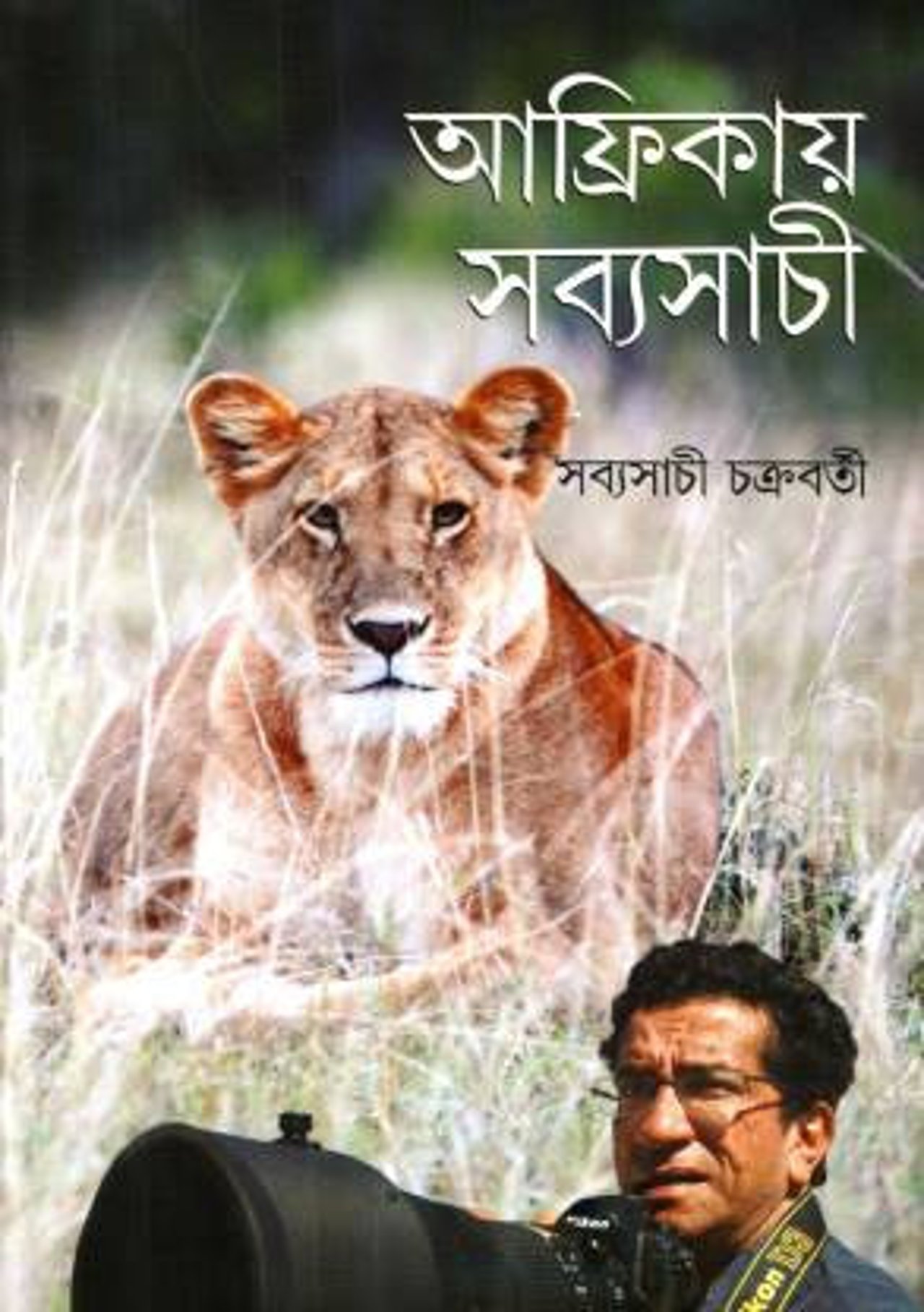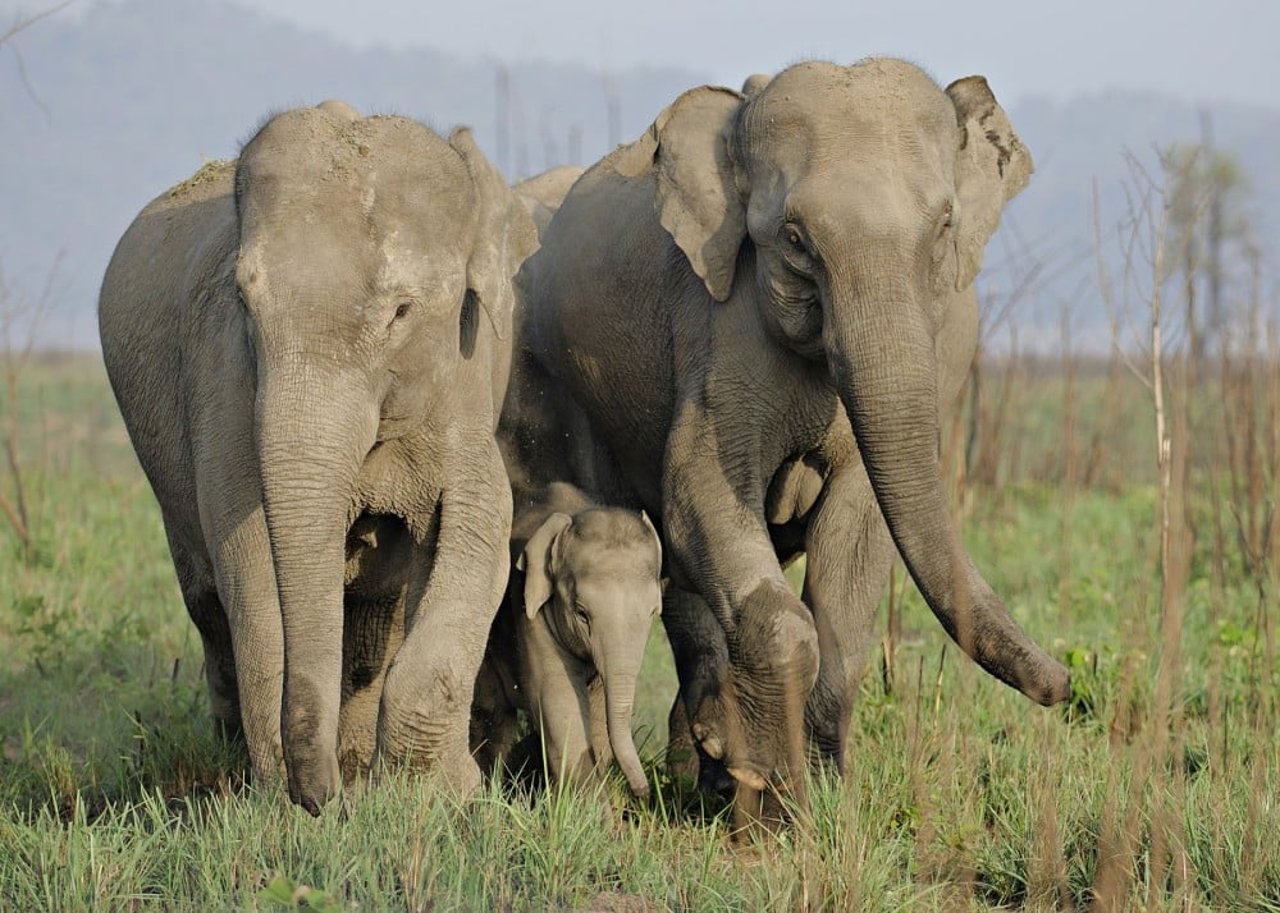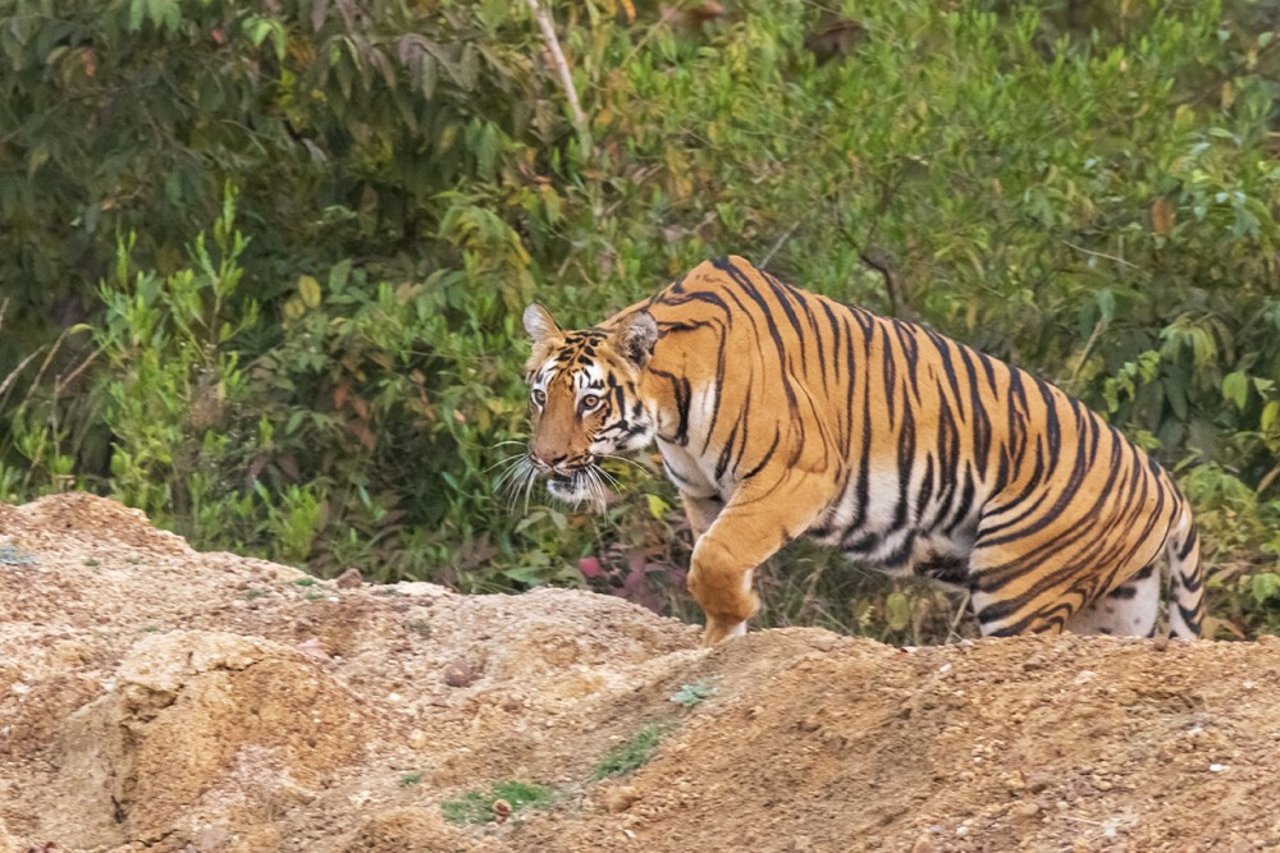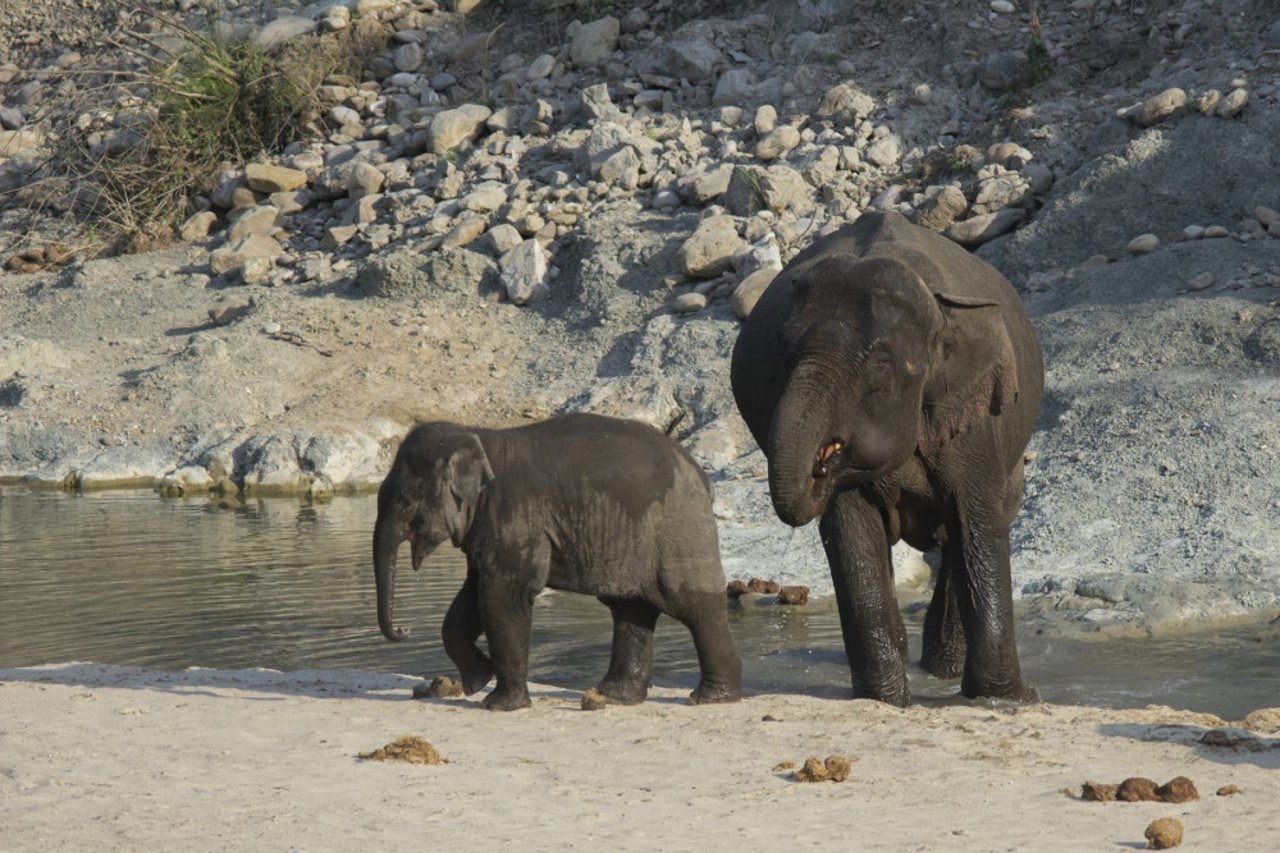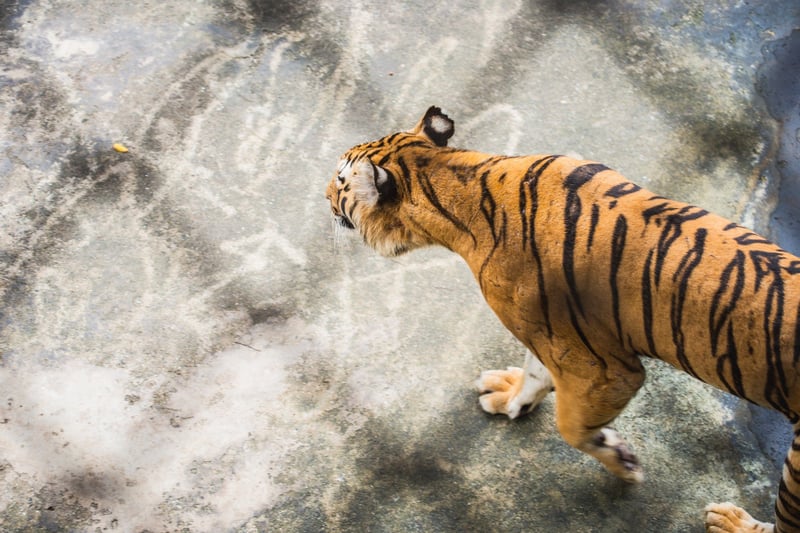
Views of a reel detective and a wildlife photographer Sabyasachi Chakrabarty
Blog
Sabyasachi Chakrabarty is an actor in films, theatre and television. He is a keen wildlife photographer and has been all over the world visiting national parks and protected areas to film a wide variety of wild animal species. Read below his views on wildlife tourism in an interview with Heerak Nandy.
Sabyasachi Chakrabarty - His interest in wildlife and animal protection
Sabyasachi Chakrabarty is an actor in films, theatre and television who has worked in both the Bengali and Mumbai film industries. He is best known for his portrayal of Feluda, the detective created by Satyajit Ray and brought to life in many films made by his son, Sandip Ray. Apart from his acting, Sabyasachi Chakrabarty has always had a deep and abiding interest in wildlife and animal protection. He is a keen wildlife photographer and has been all over the world visiting national parks and protected areas to film a wide variety of wild animal species. His wildlife work has resulted in many photography exhibitions and awareness endeavours to cherish and value our rich natural heritage. Sabyasachi Chakrabarty has a deep affection for elephants and has been at the forefront of preventing elephant deaths on the railway tracks in Bengal.
Sabyasachi Chakrabarty
On 28th December 2021, noted wildlife investigator and writer, Heerak Nandy, spoke to him about his views on wildlife tourism in the presence of World Animal Protection wildlife campaigns manager, Shubhobroto Ghosh.
Actor Sabyasachi Chakrabarty with wildlifer Heerak Nandy in his residence in Kolkata on 28th December 2021. (Photograph by Shubhobroto Ghosh)
Heerak Nandy : What does wildlife tourism mean to you?
Sabyasachi Chakrabarty : Wildlife tourism is a business. I am not really in favour of wildlife tourism as I believe that wildlife and tourists do not go along together. Tourists tend to be frolickers. Wildlife is not meant for enjoyment, wildlife is meant for contemplation, and absorption within the inner self. Appreciating wildlife is about respecting all life on earth. Tourism as we generally perceive it, pertains to buying seashells, roaming around wearing shorts and sandals, buying balloons, riding horses or whatever.
I have been to Cox’s Bazar in Bangladesh where I saw water scooters, paragliding, and what have you. I am of the firm conviction that normal tourists should not be allowed in protected areas. Only a handful of tourists should be allowed inside wildlife areas. Otherwise wildlife tourism should be banned. Given the current situation in protected areas with regard to wildlife tourism, I consider it my failure to educate people about treasuring and respecting wild animals.
There has to be screening for wildlife tourists. Just like everyone cannot be an astronaut, one needs specialised training to be a wildlife tourist. There has to be training and awareness by way of education for people in India to respect animals. I see people here driving over dogs and kicking dogs. We have to be compassionate to living things. I am of the firm conviction that wildlife tourism should not be for the masses.
Heerak Nandy : Why is it important to practise responsible wildlife tourism?
Sabyasachi Chakrabarty : It is important for conservation and we must acknowledge equal rights for all forms of life to live. Why tie and ride elephants? It is easy to replace elephant rides in places like Amer fort with electric cars that have appropriate tyres. There can be ropeways to carry people from one place to another and drones and pictures to experience the attractions of a place instead of abusing elephants for rides in different venues. It is high time to put an end to maltreating animals like captive elephants being used for joyrides. Captive elephants, in my view, should only be used for patrolling by forest guards. It is important to inculcate the notion of animal welfare and animal wellbeing in tourists.
Elephants in Corbett Tiger Reserve: Shreya Singha Ray
Heerak Nandy : Do you think it is important to phase out activities like elephant rides, tiger selfies (mainly in Thailand) and dolphin shows in favour of more wildlife-friendly activities like observing animals in the wild or appreciating the natural beauty of forests?
Sabyasachi Chakrabarty: Absolutely. I went to SeaWorld in Orlando in Florida and was saddened to see captive Orcas(Killer Whales) and felt bad. I also felt disappointed at the large number of species kept captive in an Arctic zoo in the USA. I felt regardless of the conditions and the simulation, the captivity was unnecessary. I feel zoos should be phased out. Wild animals belong in the wild and should be free. Animals are not here to entertain us.
Tiger in Tadoba Tiger Reserve in Maharashtra by Krishnendu Mukherjee
If we do seek entertainment in circuses, we can enjoy human trapeze. Are animals inferior to humans? All kinds of wildlife in entertainment like monkey dances, bear performances and snake charming ought to be stopped.
Heerak Nandy: How can wildlife tourism help raise awareness on the plight of wild animals?
Sabyasachi Chakrabarty: I do not sell any of my animal photographs. I do not trade in wildlife – I consider selling wildlife photos to be a form of wildlife trade as well. For forty years, I have been trying to educate people on cherishing wildlife. Fees for entering national parks and protected areas should be raised. A raised fee for wildlife areas can be utilised for saving animals.
Heerak Nandy: In your perspective, what have been the biggest lessons you have learnt as a wildlife photographer whilst touring different wildlife destinations?
Sabyasachi Chakrabarty: People are not educated about wildlife and animals. I have been to more than forty protected areas in India and ten protected areas in Africa. I have also visited natural areas hosting wildlife in Bangladesh, Sri Lanka, Malaysia, Kenya, Tanzania, United States, Holland, United Kingdom, Nepal and Bhutan.
Among the lessons I have learnt are that strictness is essential for the proper maintenance of protected areas and wildlife. I have observed this in Africa where the management of national parks and game reserves is monitored by the US Fish and Wildlife Service and the British government agencies. A lot of money is put in to implement many ideas that we cannot in India.
In Bandhavgarh, once, we ran out of water and the guide collected water from a waterfall. He was apprehended and given a sentence of suspension for seven days. I felt guilty about his punishment and met the director and told him that as a tourist on board his vehicle, I was equally responsible and offered to compensate for the guide’s wrongdoing. The director told me that he had seen my films and accepted my apology and waived the punishment for the driver. I was moved by the man’s strictness and also his humane nature.
In Kenya, beside the Mara river in Kenya on safari, a friend climbed aboard a vehicle roof and was penalised. It is the duty of the drivers of safari vehicles to educate wildlife tourists.
Once, in Kenya, we saw Cheetahs from a distance appearing as dots from a distance with a 400 mm lens, a mother with three cubs. Our driver took us close to the animals and was eventually apprehended by the ranger who issued a stern warning for not going close to the animals. There has to be a dedication to saving wildlife combined with penalisation to protect animals living in the wild.
There are many cases of unethical wildlife tourism deals done by poorly paid forest department staff in India. Respect and compassion for animals should be integral to our wildlife protection ethic.
Heerak Nandy: Do you think animals should be treated more humanely in tourism or any other activity?
Sabyasachi Chakrabarty: Wildlife should be left alone, to their own devices. Wildlife should avoid humans for their own benefit and for their own survival. There should be no close contact between wild animals and people.
Elephants in Corbett Tiger Reserve: Shreya Singha Ray
Heerak Nandy: Do you think Miles Tourism as a wildlife tour operator practices ethical wildlife tourism principles and can be a good example in this respect?
Sabyasachi Chakrabarty: I inaugurated the Miles Tourism website which they had created to raise awareness among people on wildlife. The inauguration was done at the Press Club in Kolkata. I can assert they represent a good example of ethical wildlife tourism.
Wildlife is not meant for enjoyment, wildlife is meant for contemplation, and absorption within the inner self.
